Hugh Brody reveals the impulses that led him from a suburban Jewish home in Sheffield to a life working with Canada’s Inuit communities
When I was five years old, I found a song-thrush nest. Gleaming blue eggs with tiny black flecks in a clay-white cup. It was in a small bush in the churchyard that lay across the road from our family house at the edge of Sheffield. Between the house and the graves, a steep hill led up into moorland and crags and, beyond them, to the Derbyshire hills. My childhood was given joy and wonder by the discovery of birds and their nests in that churchyard. Much of the graveyard was overgrown and, in the eyes of a child, it was a wild, even frightening place. There, and in the countryside at the top of the hill, I searched for eggs, adventure and – perhaps most important of all – knowledge.
Hugh Brody with his first fish
Knowledge that was all about the socalled natural world. As if everything else that human beings did – in their buildings, towns, schools, everyday life – must by implication be unnatural. By the time I was 10 or 11 years old, I would get others in the family to open at random a large book on birds. They would pick any bird they saw there and I would describe the kind of nest it made, the number and colour of its eggs and where to find them. In this mass of detail lay a simple joy. In retrospect, I realise this was part of my defence against the unspoken horror that shaped so many of us who were born into Jewish homes in the shadows of World War II.
My mother gave birth to three children: my older brother, in 1940, a baby girl who died as a new-born, in 1941, and to me, in 1943. She was in her early twenties and had escaped from Vienna after the Anschluss. Most of her Austrian and Polish family and Jewish friends did not escape. At the time my mother was giving birth, the people she had known and loved in Vienna and Poland were being murdered. She made a success of her flight to England thanks to meeting my father, a Jewish doctor who adored her throughout their 46 years of marriage. She defied the shadows of death by creating life and ensuring that her children be as completely English as possible. We were given Hebrew names, went to Hebrew classes and prepared for our barmitzvahs. But we were also given English names, which were as English as could be: Hugh Robert and Anthony David. As soon as we had celebrated our barmitzvahs, we were sent off to a Church of England public school.
This dichotomy, with European Jewish identity on the one hand and English assimilation on the other, created both riches and confusion. Beneath this puzzling mix, a current of deep grief ran through just about everything. To escape these – the confusions and the grief – I longed to travel. I needed to get far away from all the forces that I felt to be both local, part of a very particular environment, and inescapable, since they were built into the structures of who we were.
My effort was eventually to head to the Canadian north. I was first given an image of the region’s scale and beauty, its social and geographical otherness, when, aged about nine, I saw a film in which a fisherman who has hooked a large salmon in a wild river, jumps into the torrent and swims downstream behind his fish. A few years later, I met a Canadian who told stories about life in Newfoundland. An idea was planted in my impressionable mind that there could be a life that was truly elsewhere. My first journey any distance from home was to a socialist Kibbutz in Israel. But in the end, or maybe it was, in truth, the beginning, I found myself living with Inuit families in the high Arctic.
My book, Landscapes of Silence tells the story of both the childhood, with its birds’ nests and grief, and some of journeys I was able to make within Israel and then, at last, in the far north. Everywhere, I was to discover escape and failure to escape. There was indeed such a thing as elsewhere, zones of life far from anything I had known, that could be found and explored. Yet, everywhere, even at the far edges of the colonial world, forms of silence were doing their insidious work.
I have written this book to tell the stories of these silences, as well as to look for ways in which they can and have to be broken. For Jewish children of my generation, whose parents experienced the horror and carried the wounds of the Holocaust, to break the silence is to find a possibility of wellbeing. For anyone who has lived deep in the lives and stories of indigenous peoples, whose lives and lands are at the mercy of colonial domination, the breaking of silence is of vital importance. In this way, these two very different kinds of silence converge.
By Hugh Brody
Header image: Inuit boy practises with a traditional dog whip on the floe edge, Baffin bay, Nunavut, Canada
Landscapes of Silence: From Childhood to the Arctic by Hugh Brody is out now. Brody will be speaking at a special JR event on Tuesday 28 February at Jewish Book Week. jewishbookweeek.com
This article appears in the Winter 2023 issue of JR.



